For safe outdoor cooking, you'll want to choose FDA-approved containers made from polypropylene (PP) or polyethylene (PE) with recycling codes 2 and 5. Look for BPA-free food storage containers with secure, leak-proof lids and temperature ratings up to 110°C (230°F). The safest options include Rubbermaid Commercial containers, Cambro food storage boxes, Sistema microwave cookware, Lock & Lock containers, Tupperware Pure & Fresh series, OXO Good Grips storage, and Glad Food Protection containers. To maximize safety and durability, check for proper labeling and avoid black plastic or containers with recycling codes 3, 6, or 7. The right container choice can make a significant difference in your outdoor cooking experience.
Polypropylene Food Storage Basics
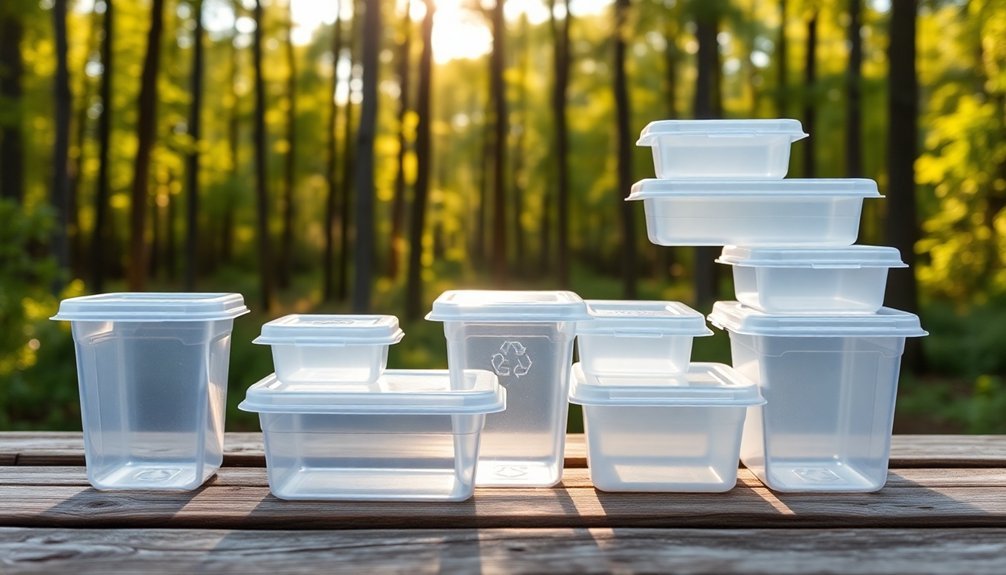
When choosing food storage containers for outdoor cooking, polypropylene stands out as a practical and safe option.
You'll appreciate that it's FDA-approved, BPA-free, and non-toxic, making it completely safe for storing your camping meals. The material's impressive chemical resistance prevents harmful substances from leaching into your food. As recycling code 5, polypropylene is among the safest food-grade plastics available.
You won't have to worry about container weight since polypropylene is the lightest among common food packaging materials – it's 30% lighter than PET and 12% lighter than PS.
It's also durable enough to withstand both hot and cold temperatures, and you can safely use it in microwaves and dishwashers.
The material's low moisture vapor transmission rate means your food stays fresh longer, which is essential when you're planning extended outdoor adventures.
Heat-Safe Container Features
Since outdoor cooking demands reliable equipment, choosing containers with proper heat-safe features is essential for your safety and food quality.
Look for containers made from polycarbonate or polypropylene that display clear safety labels for microwave, freezer, and dishwasher use. The minimum water depth must be 2.5 inches for proper cooking. You'll want to avoid plastics with recycling codes 3, 6, and 7, as they can leach harmful chemicals.
For better heat retention, opt for double-walled steel containers or those with silicone coatings.
You can enhance insulation by wrapping your container with bath towels or using ping-pong balls to cover the surface.
Always place your container on heat-safe surfaces like trivets or thick cutting boards, and never directly on stone countertops or stovetops.
If you're using an insulated container, check for integrated bases that'll protect your cooking surface from heat damage.
Food-Grade Plastic Selection Guide
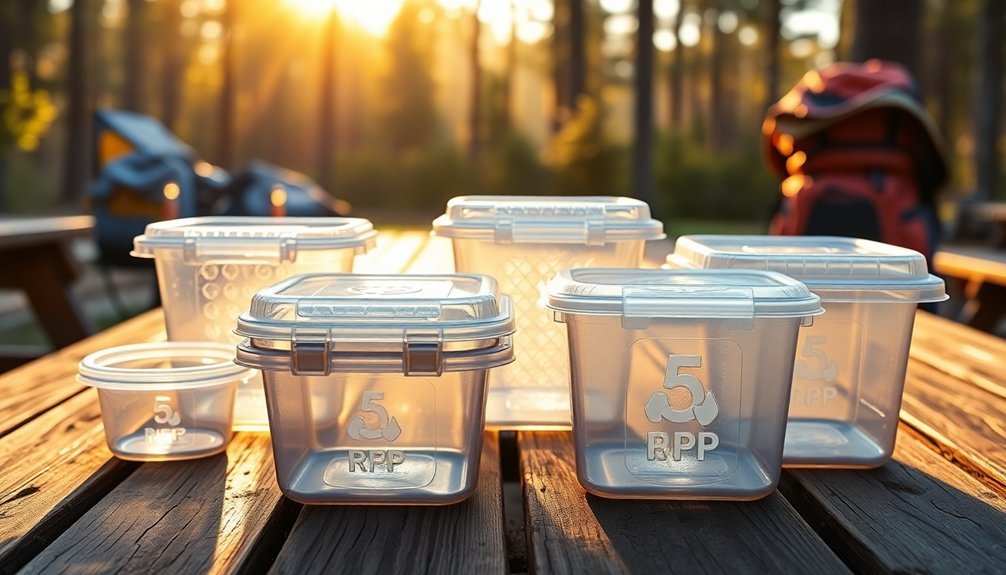
When selecting plastic containers for outdoor cooking, you'll want to check for safe resin codes (2, 4, and 5) clearly marked on the bottom of the container.
You should avoid containers with codes 3, 6, and 7, as these may leach harmful chemicals like BPA, phthalates, or styrene into your food.
Look for warning signs like discoloration, warping, or a strong plastic smell, which indicate the container isn't safe for food storage or cooking.
Food grade containers must meet strict FDA standards, especially when used for acidic or fatty foods.
Safe Resin Code Numbers
Before selecting plastic containers for outdoor cooking, you'll need to understand the resin identification codes – those small numbered triangles found on plastic products.
The safest options are PET (1), HDPE (2), LDPE (4), and PP (5).
PET (1) works well for single-use items like water bottles and condiment containers.
HDPE (2) is ideal for durable storage containers and large jugs, thanks to its chemical resistance.
LDPE (4) is perfect for flexible storage needs, such as food bags and packaging.
PP (5) is your best choice for containers that require heating, as it withstands high temperatures.
Avoid using PS (6) and PVC (3) for food storage, as they can leach chemicals.
While some Type 7 plastics may be safe, you'll need to verify their specific food-grade certifications.
Harmful Chemical Warning Signs
Identifying harmful chemicals in plastic containers can mean the difference between safe and unsafe outdoor cooking.
You'll want to check for key warning signs that indicate your containers might be releasing toxic substances into your food.
Watch out for these critical indicators:
- Cloudy or cracked containers, especially if they were once clear, suggesting BPA release
- Black plastic items, which often contain harmful flame retardants from recycled electronics
- Containers not specifically labeled for food storage, as they may contain PFAS
- Stained surfaces after storing fatty foods, indicating possible phthalate leaching
- Warped or melted areas from heat exposure, showing chemical degradation
If you spot any of these signs, replace your containers immediately.
Weather-Resistant Container Options
Since outdoor storage demands exceptional durability, choosing the right weather-resistant containers is essential for protecting your belongings from the elements.
You'll find stainless steel and silicone containers offer the best combination of durability and safety, providing airtight seals that keep moisture and pests out. While ceramic and bamboo options are eco-friendly, they're better suited for short-term use.
For larger storage needs, consider deck boxes or weather-tight totes with latching lids. These containers often feature weatherproof coatings and can double as seating areas.
If you need mobility, look for options with wheels or handles, like rolling storage bags. Whatever you choose, make sure it's made from non-toxic materials and includes features like lockable lids for security.
Regular cleaning and maintenance will extend your containers' lifespan and protect your stored items.
Proper Container Size Planning
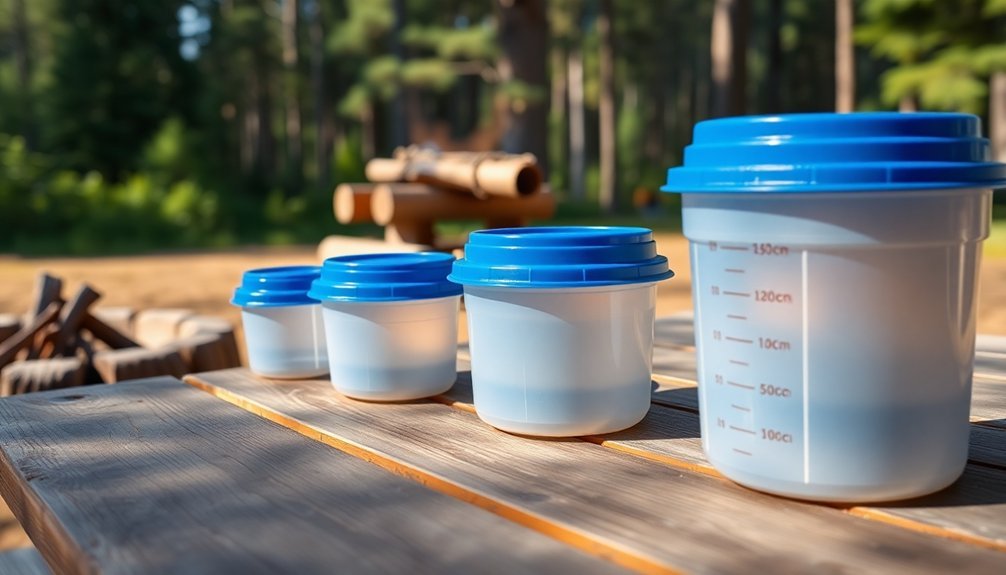
When planning an outdoor kitchen, selecting the right container sizes will make or break your cooking experience.
You'll need to take into account both standard container lengths and essential spacing requirements for different zones and appliances.
- Choose from 10-foot containers for compact setups or 40-foot options for extensive cooking areas
- Plan for at least 16 inches of countertop space between appliances
- Allow 3-4 feet of working space if you're expecting caterers or bartenders
- Set up distinct hot, cold, wet, and dry zones for efficient workflow
- Design bar areas with 24-inch depth and 3 feet per seat
Remember to maintain proper heights throughout your layout – 36 inches for standard countertops and 40-42 inches for bar tops.
Verify your work triangle between the grill, sink, and refrigerator flows smoothly for peak functionality.
Materials Safety Checklist
When you're selecting plastic containers for outdoor cooking, you'll need to check for essential safety markers like BPA-free labels and FDA-approved food-grade symbols.
Look specifically for containers marked with safe recycling numbers (2, 4, or 5) that indicate HDPE, LDPE, or PP materials.
These materials must meet strict chemical standards to prevent leaching and guarantee your food stays safe during storage and preparation.
Essential Safety Markers
Before heading outdoors with your cooking containers, you'll need to verify several critical safety markers. Always check for FDA certification and food-grade labeling to guarantee your containers won't leach harmful chemicals into your meals during outdoor cooking.
Look for clear safety indicators that confirm your containers are suitable for your intended use.
Be sure to verify these essential safety markers:
- FDA certification stamp or label indicating food-grade material
- Temperature ratings showing heat tolerance for outdoor cooking
- Airtight seal functionality to prevent contamination
- BPA-free labeling and other relevant safety certifications
- Clear usage instructions, including microwave and dishwasher safety
Remember to inspect your containers regularly for signs of wear, such as discoloration, warping, or unusual odors.
Replace any damaged containers immediately to maintain food safety during your outdoor cooking adventures.
Plastic Chemical Standards
Understanding plastic chemical standards is essential for safe outdoor cooking.
You'll want to focus on containers made from FDA and EU 10/2011 compliant materials like polypropylene (PP) and polyethylene (PE). These plastics are tested rigorously for food safety and resist chemical leaching under normal conditions.
Look for recycling numbers 2, 4, and 5, which indicate PE and PP materials. Avoid containers with numbers 3, 6, and 7, as they may contain harmful chemicals like BPA or styrene.
Don't use black PE or recycled PE products, as they're not approved for food contact. Make sure your containers are certified "food grade" and check their temperature ratings – PP is safe up to 110°C, while PE's range varies by type.
Never exceed these temperature limits to prevent chemical leaching.
Outdoor Container Care Tips
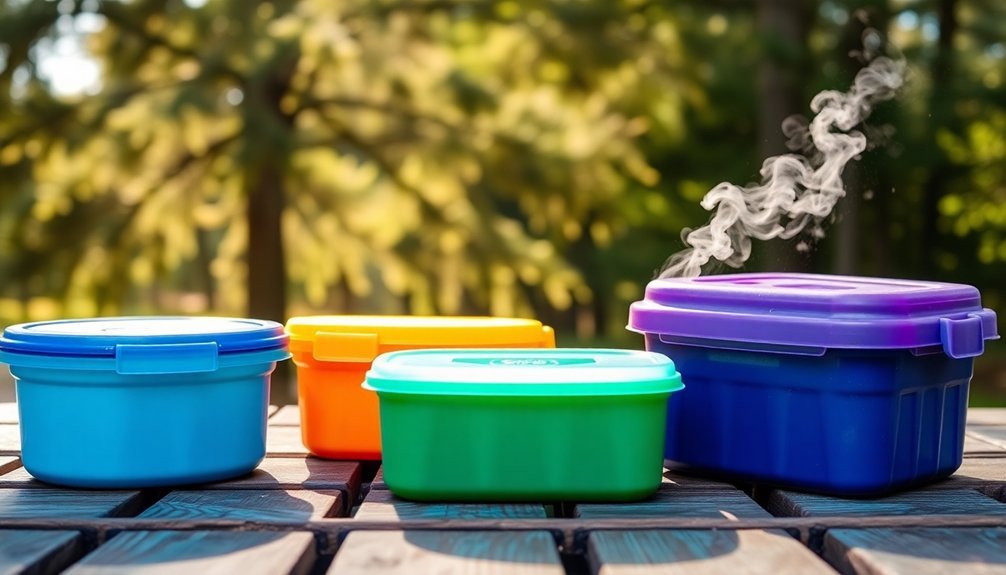
Since outdoor adventures expose plastic containers to harsh elements, proper care and maintenance are essential for maximizing their lifespan and safety.
When you're cooking outdoors, you'll need to be extra vigilant about your containers' condition and cleanliness.
- Store your containers in a shaded, dry area to prevent sun damage and heat degradation.
- Check for leaks before each use by filling with water and shaking gently.
- Clean grooves and lid seals thoroughly after each use to prevent bacterial growth.
- Replace containers that show signs of scratches, warping, or persistent odors.
- Only use microwave-safe containers if you're reheating food at your campsite.
Remember to inspect your containers before and after each outdoor trip, as extreme temperatures and rough handling can accelerate wear and tear.
Choose containers with codes 2, 4, or 5 for the best durability in outdoor conditions.
Frequently Asked Questions
Can Plastic Food Containers Be Safely Buried in Snow for Temporary Storage?
You shouldn't bury food in plastic containers in snow. Most plastics can become brittle in extreme cold, and there's a risk of chemical leaching. Instead, use stainless steel or glass containers for snow storage.
How Do Altitude Changes Affect Sealed Plastic Container Pressure During Hiking?
As you hike to higher elevations, your sealed containers will expand due to lower air pressure. You'll notice bags puff up and containers bulge because there's less external pressure pushing against the trapped air inside.
What Cleaning Solutions Are Safe for Removing Campfire Smoke Residue?
You'll find vinegar mixed with warm water works best for smoke residue. Add mild dish soap for tough spots, and use baking soda for scrubbing. Natural solutions are safer than harsh chemicals.
Do Bears Show More Interest in Certain Types of Plastic Containers?
Yes, bears are more attracted to hard-sided plastic containers that store food. They'll investigate any container with food scents, but they're not drawn to the plastic itself – it's the contents they want.
How Long Can Dehydrated Foods Safely Stay in Plastic Containers Between Trips?
You'll get the longest shelf life (up to 2 years) from your dehydrated foods if you store them in airtight plastic containers in a cool, dark place and check regularly for moisture or damage.
In Summary
You'll get the most value from your outdoor cooking containers by choosing food-grade plastics that can handle temperature changes and rough conditions. Remember to check for the recycling codes, maintain proper cleaning habits, and store your containers properly when not in use. Don't forget to match container sizes to your typical serving needs and always inspect for damage before each use.


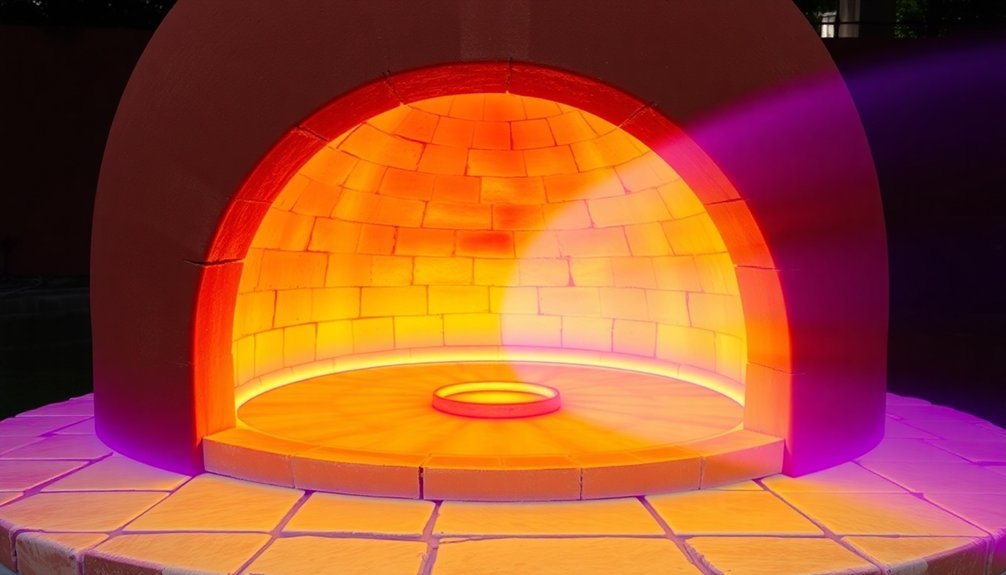
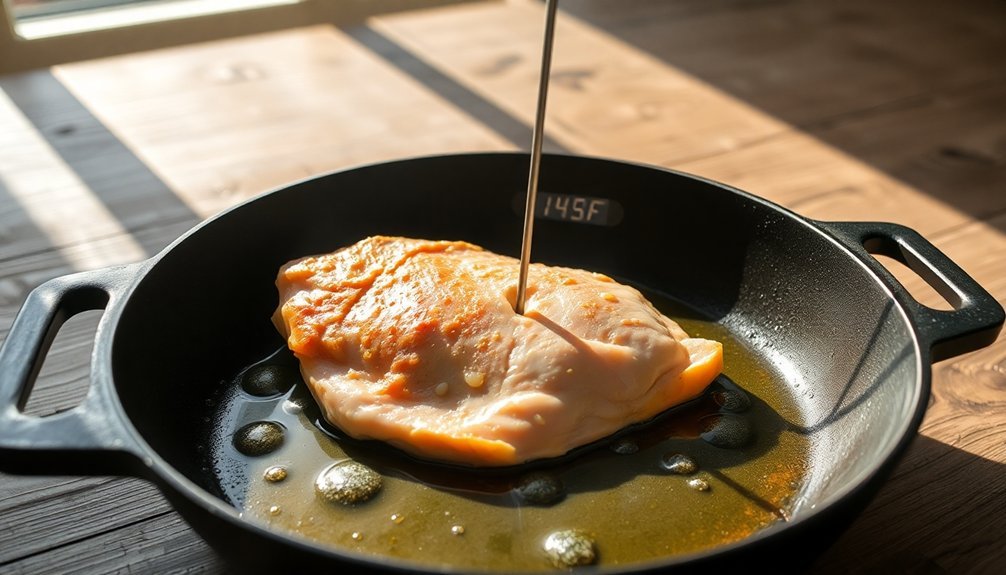
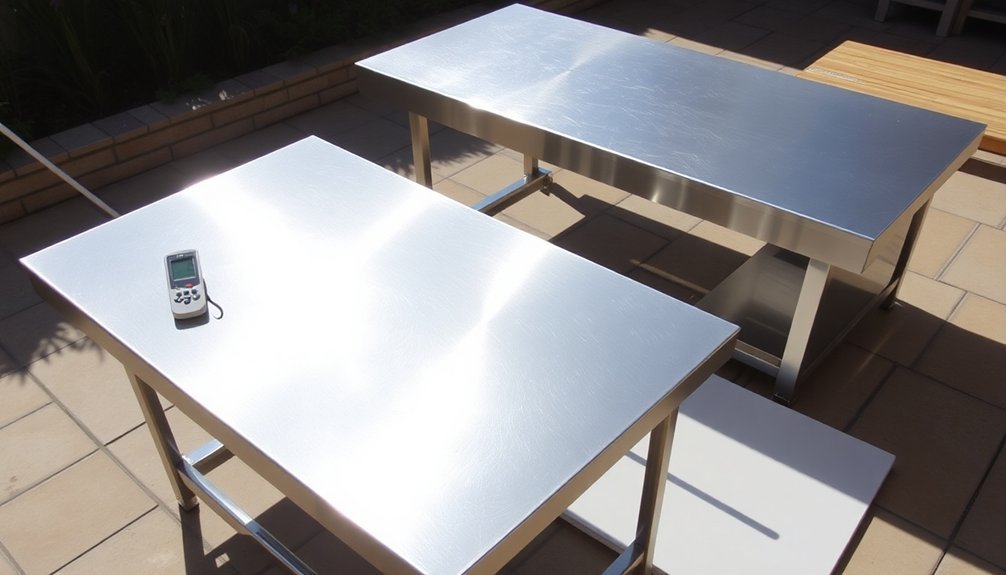
Leave a Reply